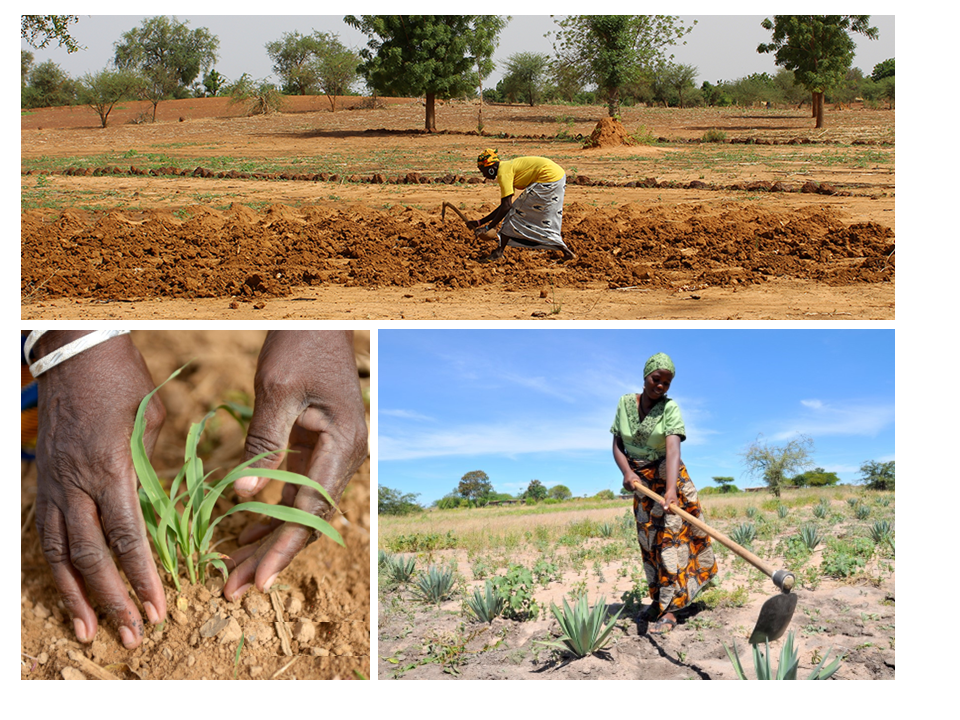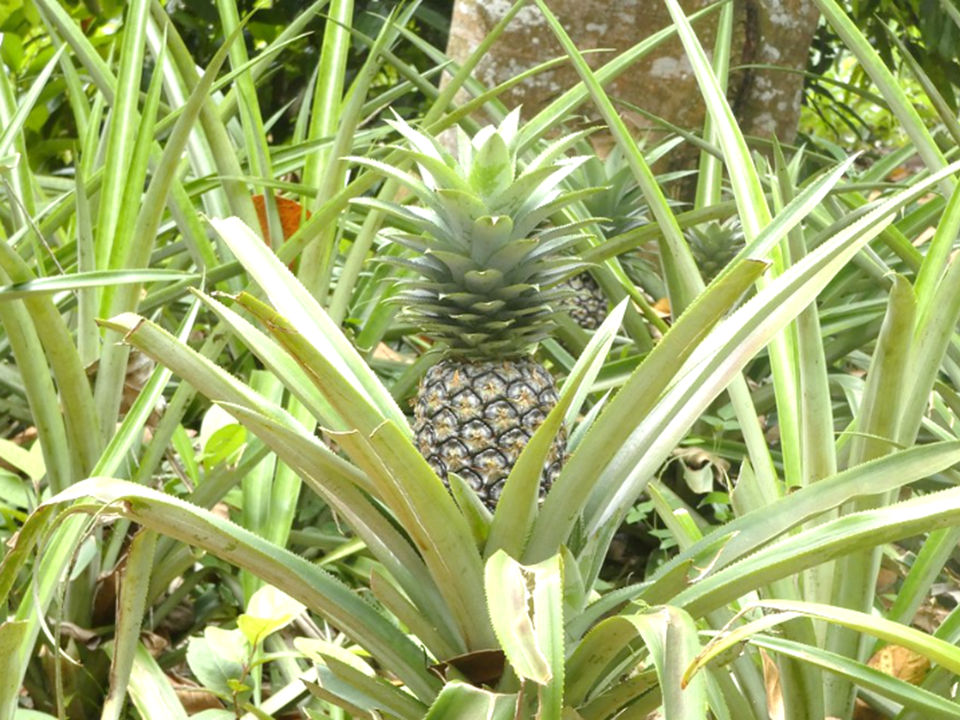The Ticket to Prosperity is Food Processing: Part II
We reflected upon and are taking a deeper dive into ETI’s most recent blog that focused on the overview and need for farmers in the Karagwe District of NW Tanzania to have a food processing plant. The conclusion was that Karagwe needs a place to bring their amazingly robust, hearty and flavorful crops to be preserved and made into value-added products. Take a look below at the photo sampling of Karagwe’s crops.
Sample crops of Karagwe
It is not rocket science to see that the fruit and vegetable crops in Karagwe look amazing. Some say they are of the best on the planet. All three authors of this post were raised in rural settings, and understand the critical importance of yield and harvest quality. Here is what we know for sure: If Karagwe’s farmers had a food processing plant, they would supply the plant with these amazing crops. Family incomes would rise and families could afford medicine and education. Food security would be strengthened and community nutrition and health would improve. Crop waste would be reduced. Prosperity would not be just a dream but would be reality for the Karagwe District and the surrounding area of 1.5 million people.
As those of you who have been to Karagwe can attest, the current situation is far from that reality. Instead, Karagwe farmers – mostly women - work day in and day out on small farm plots: Women farmers like Edina. Edina does her best to battle the insects, pests, heat and drought with nothing more than her determination and her trusty hoe. If you want to see an extreme of what Edina is up against, feel free to search “Qualea bird” (or “Africa’s feathered locust”) and imagine its impact on agriculture. Despite the harsh conditions, Edina grows enough food to feed her family of seven. She grows beans to provide protein since she cannot afford to raise cattle. She grows fruits and vegetables and has enough raw products to sell at the local market. But the market is bleak, and she longs for a viable outlet for her hard-earned harvests.
Harvests are hard-earned.
The pineapple crop has started to turn yellow which suggests it is time to harvest. Edina smells the base and knows that the pineapple is ripening. She knows that it is important to bring her pineapples to market at peak ripeness since they don’t ripen well after harvest and will last only a couple of days without refrigeration. She begins the harvest and plans to bring her crop to market the next day. The window is small. Some say it is tiny.
Harvesting pineapple
Edina’s harvest knife – her kisu - is exceptionally sharp and effective at severing the stem just below the base. She learned to use a sharpening stone and a kisu as a child and is proud of her efficiency in using this basic tool. She avoids the crown that tears at her hands, and she continues until all the ripe pineapples are harvested. Pineapples bruise easily so she is careful as she gets them ready to go.
The raw product
She loads 17 pineapples in her head basket. Her children can carry the rest in theirs. It’s been a long day and she is eager to rest her head. She is exhausted but fills her children’s bellies with wali na maharagwe – rice and beans – before she lies down on her mat with her youngest child. She sleeps soundly and is awakened very early by the roosters who roam outside. She and her elder daughters ready the children for the journey to market.
The journey to market requires stamina.
Edina walks the 4 miles to the local market with as much produce as she can carry. Her children miss school and do the same. They are passed by other farmers who are fortunate enough to have a bicycle loaded with their tasty crops or the really fortunate who can afford a motorcycle or hire shared space on a truck. She tries not to resent them passing her. They are her neighbors after all.
Navigating the long trip to market.
When Edina arrives at the market, she is happy to see her friends – other women in the community who are in the same situation, except for Neema who must neglect her fieldwork to care for her ailing husband and mother. Neema’s crop is small, and she will struggle to sell much of it. Edina greets her friends and arranges her produce on the ground next to them and their children. She enjoys the bustle and energy and gets to work in the overcrowded market, hoping against hope that buyers see that her crop is best. She grew her pineapple in a plot that is partially shaded from the blazing sun. During the drought she and her children were exhausted but made a 3-mile extra trip each day to fetch water just for the pineapple. Hers were clearly more robust. She feels sorry for Neema.
A buyer she recognizes shows interest in her pineapples and wants 10 or 15. They barter starting at 1500 Tanzanian schillings (Tsh) - about 58 cents USD. The buyer engages in a vigorous debate over price and after two or three offers threatens to walk away. He has forced Edina’s hand until the sale is finalized at 800 Tsh (31 cents) for each pineapple. Edina sells 15 of her 28 pineapples for a whopping 12,000 Tsh or $4.65. This is difficult to even imagine for those of us who would pay fifteen times that much at our local grocery store for the same number of pineapples. Edina feels the mixed emotions of relief, satisfaction and disappointment with the sale. Can you imagine what life would be like if your family were in Edina’s shoes? Can you imagine making 1/15th of what you earn now? We can’t help but admire Edina’s resolve and determination to feed her family and lift herself out of poverty.
Edina stays at the market for 2 more days selling her crop. She looks around at the appalling waste as farmers’ harvests start to rot. Everyone Edina knows walks their crop to market. She knows no one with transportation, except a couple of neighbors with bicycles and one with access to a truck. She knows there is no refrigeration, and fear sets in as the market is overcrowded with all the same crops. As usual, brokers descend upon the market and offer Edina a pittance for her remaining produce. She knows they will sell her pineapples to processing plants and make a healthy profit. The presence of the “middlemen” as she calls them, makes her sad. But she sells. How many times has she sold to a middleman for next to nothing. Many times.
Edina envisions the food processing plant.
“Is it true?” she wonders. “Will communities outside of Karagwe pay good money for processed products that are grown here?” Her thoughts wander as she contemplates the wide range of crops grown - banana, beans, coffee, pineapple, cassava and all kinds of fruits and vegetables. But Edina knows that she has no way for her hearty crops to reach those communities. The food processing sector in Tanzania is nearly nonexistent.
Edina knows that a food processing plant is not a panacea, and does not eliminate the need for raw pineapple markets. There are consumers, especially locally, who hope to purchase raw pineapple, slice it manually and serve to one’s family or cafe customers. Edina has friends with open road-side market stands and knows that these will continue to meet a need of the community’s residents for raw produce. But she is convinced that a food processing facility will bring a better price for farmers such as herself. With an accessible plant in the vicinity, there will be a more secure landing pad for her crops and a standardized way to set a fair price for her commodities rather than the current system of the exploitative buyers dictating what she earns. She is hopeful.
THE CONCLUSION OF THE MATTER IS:









